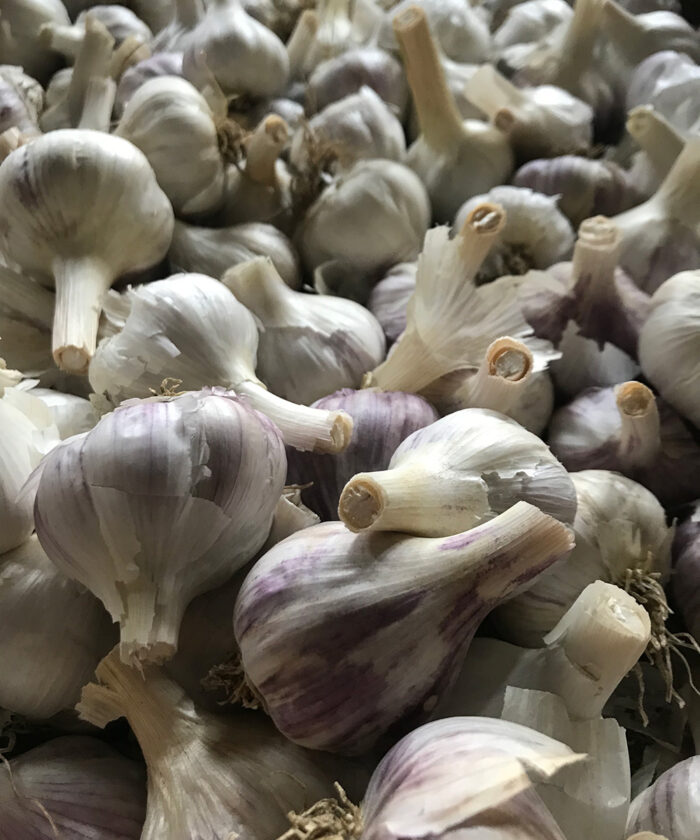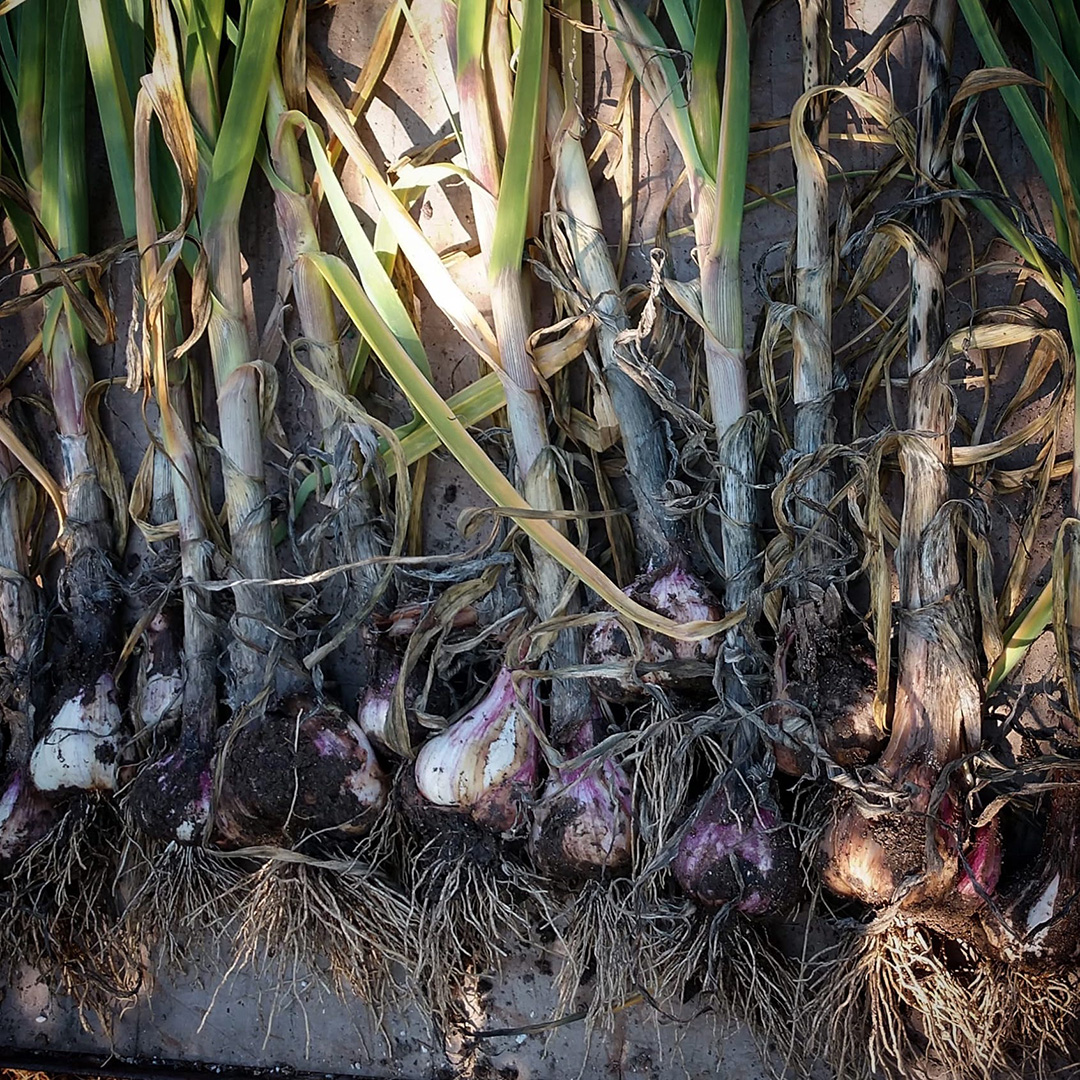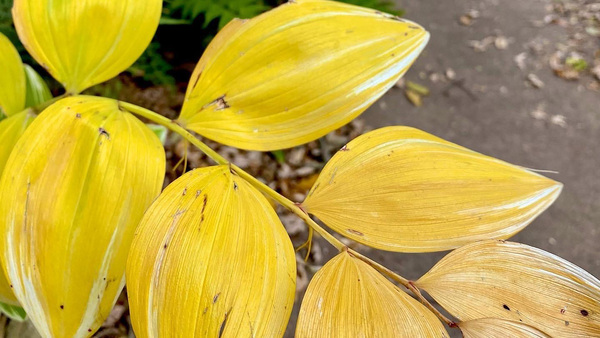
Garlic is one of the easiest crops to grow in the Southeast. But not only is it easy to grow; it also has very few pest and disease problems. Additionally, garlic can easily be tucked into ornamental planting beds. For a general guide to growing garlic, check out Garlic Basics. This article will instead deal with the regional concerns of growing garlic in the Southeast.

Choose your varieties wisely
Growing garlic in the Southeast is different from growing it in more northern climates. If you don’t have bulbs from last year that you have held over, you will need to order some or buy some from a local farmer’s market. I strongly discourage Southeastern gardeners from trying to plant garlic that they bought at the grocery store. Most of those varieties are not regionally adaptable and often are sprayed to inhibit sprouting. Look for varieties adapted to our region. Most gardeners in the Southeast can rely on softneck varieties of garlic because of their adaptability to warmer climates.
Do some research and talk to your local university extension office to find out what selections work best in your specific area. Believe it or not, recommendations will differ throughout our region. And in the warmest parts of the Southeast, gardeners will need extra time to employ vernalization techniques before planting.
When to plant
Garlic should be planted in the fall for a harvest seven to nine months later in midsummer. In truth, you could plant garlic in our region as late as the first of January. However, this is not ideal. Plant garlic a full month before consistent freezing temperatures arrive. This allows each clove to establish some roots before the coldest weather. The window for most of us in the Southeast is early October through early November.

How to plant
Plant garlic in full sun if possible. It will also grow in partial shade, but full sun is best. Plant each clove 2 inches deep with the pointed side up and the basal plate down. Place cloves 6 to 8 inches apart in soil that is well-drained. Garlic likes rich soil; consider amending with well-aged compost if your soil is nutrient-poor. I recommend a straw mulch to help regulate soil temperatures throughout the winter. In the Southeast, you will see garlic sprout during late fall and into early winter. This is completely normal for our region.
Consider applying a high-nitrogen fertilizer such as blood meal when the first shoots appear after planting. Apply again three weeks later. In summer, when the bottom three to four leaves turn brown, harvest your garlic for curing and storing.
I consider the garlic I grow in my garden to be the best garlic I’ve ever had. It’s very rewarding to add homegrown garlic to the dishes I prepare. If this is your first year growing garlic, starting small might be in order. Buy a few bulbs and thumb in some individual cloves around the garden. And most of all, enjoy!
—Andy Pulte is a faculty member in the plant sciences department at the University of Tennessee.
Fine Gardening Recommended Products

Gardener's Log Book from NYBG
Fine Gardening receives a commission for items purchased through links on this site, including Amazon Associates and other affiliate advertising programs.

Gardener's Supply Company Summerweight Fabric Plant Cover
Fine Gardening receives a commission for items purchased through links on this site, including Amazon Associates and other affiliate advertising programs.

A.M. Leonard Deluxe Soil Knife & Leather Sheath Combo
Fine Gardening receives a commission for items purchased through links on this site, including Amazon Associates and other affiliate advertising programs.



















Comments
Thank you very much. Cinema HD
Thank you very much and have a look at this ones,
film plus apk
Log in or create an account to post a comment.
Sign up Log in